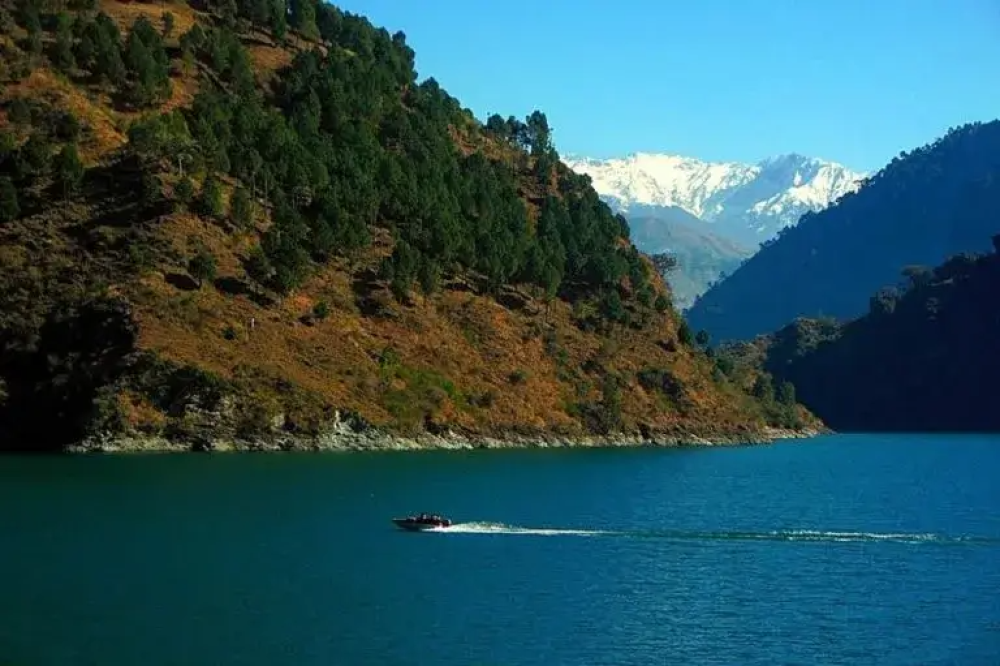

Chamera Lake is a picturesque reservoir located in the Chamba district, near Dalhousie in Himachal Pradesh, India. The lake was formed as a consequence of the Chamera Dam, which was built over the Ravi River for hydroelectric power generation. While the dam began its operations in the 1980s, it wasn't long before the scenic beauty of the lake and its surrounding areas started attracting tourists, transforming the region into a popular tourist destination.
Initially, the lake served a purely utilitarian purpose, but with the growing interest in eco-tourism and nature retreats in the late 20th and early 21st centuries, Chamera Lake gained prominence as a tourist spot. The breathtaking vistas of sapphire blue waters set against verdant mountains provided a much-needed escapade for tourists looking for tranquility away from the bustling city life.
Dalhousie's established reputation as a hill station from the British era also positively influenced the lure of Chamera Lake. As tourism infrastructure improved over time, with better roads and increased availability of accommodation options, more visitors began flocking to Chamera Lake for recreational activities like boating, fishing, and sightseeing.
In recent years, adventure tourism has taken off at Chamera Lake. Tourists are now often seen engaging in water sports such as river rafting and canoeing, making it a popular spot amongst adrenaline junkies. Additionally, the establishment of lakeside cafes and eateries has [put an emphasis on local cuisine, drawing in food enthusiasts keen on sampling regional flavors amidst natural beauty.
Eco-friendly and sustainable tourism practices are also gaining momentum around Chamera Lake. There is a growing consciousness amongst both tourists and service providers to maintain the ecological balance and preserve the pristine conditions of the lake and its surroundings.
The COVID-19 pandemic brought a shift in tourism trends, with a focus on less-crowded destinations and open-air venues. As a result, Chamera Lake witnessed a renewed interest as a safe haven due to its vast open spaces and the ability to provide social distancing naturally.
Looking ahead, the tourism industry in the Chamera Lake region is expected to continue growing. Plans for new eco-tourism projects and the improvement of existing infrastructure are likely to bolster the lake's appeal. Proactive measures aimed at preserving the environment while accommodating the influx of tourists will be key in sustaining Chamera Lake as a cherished destination for years to come.